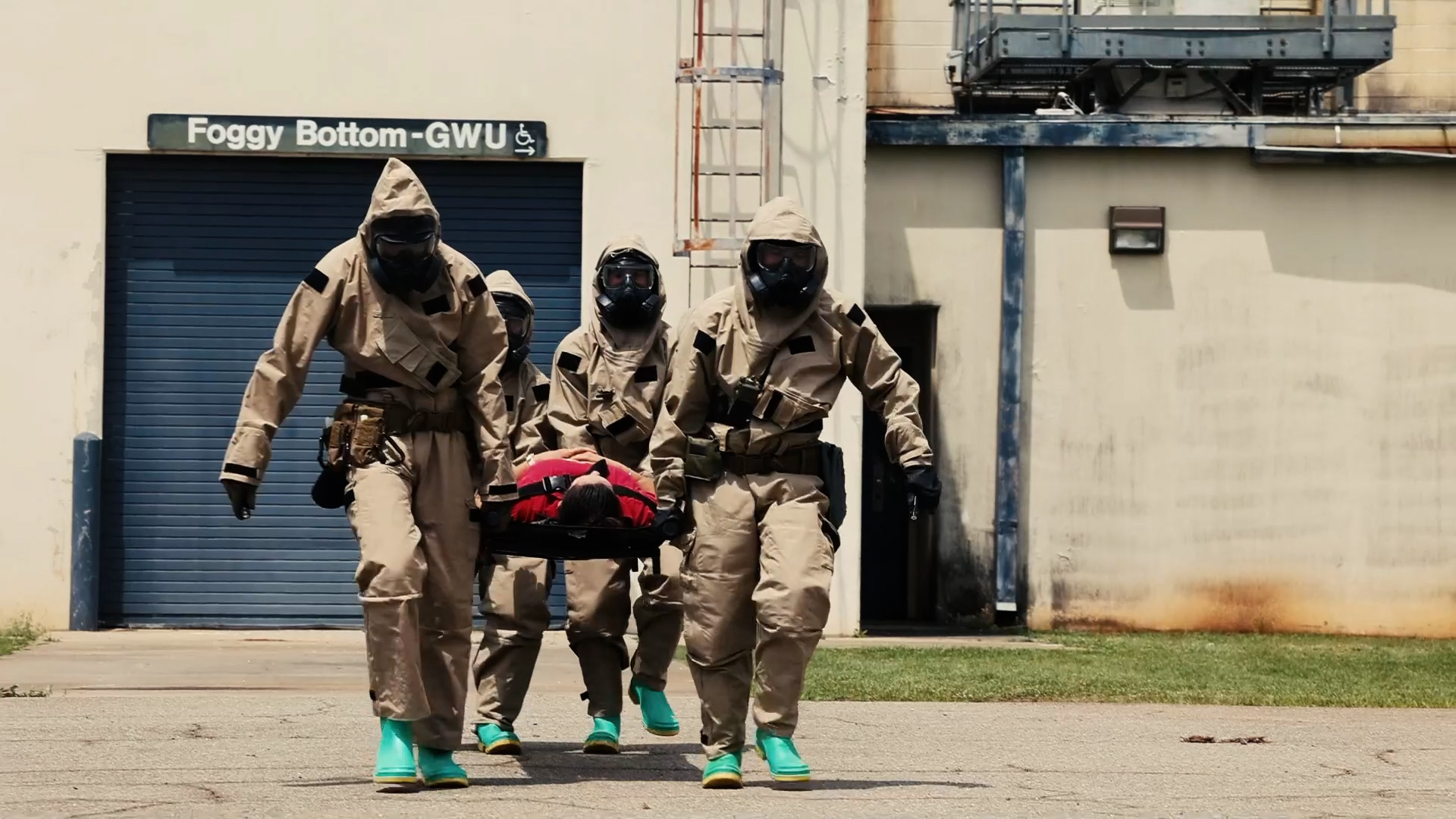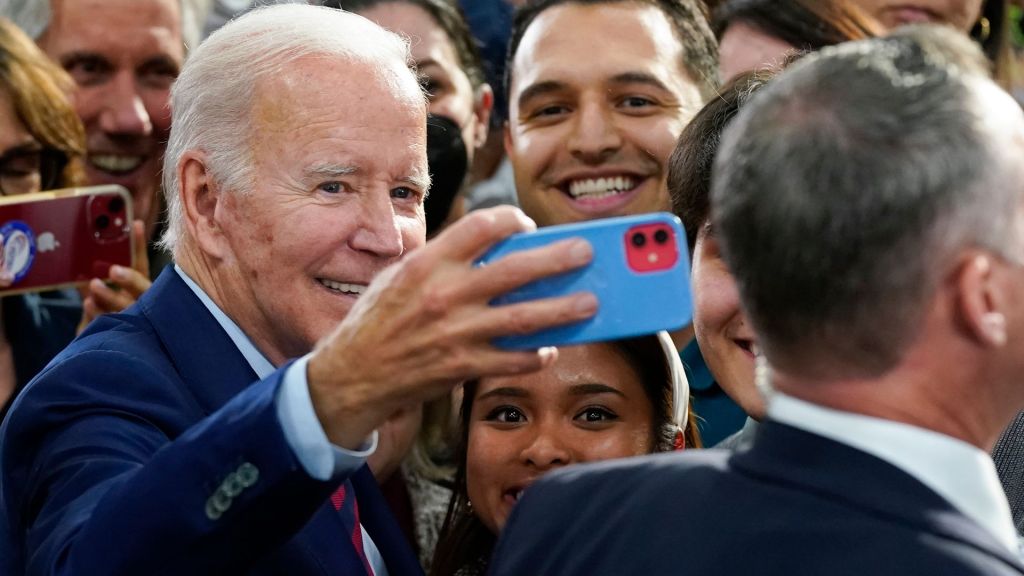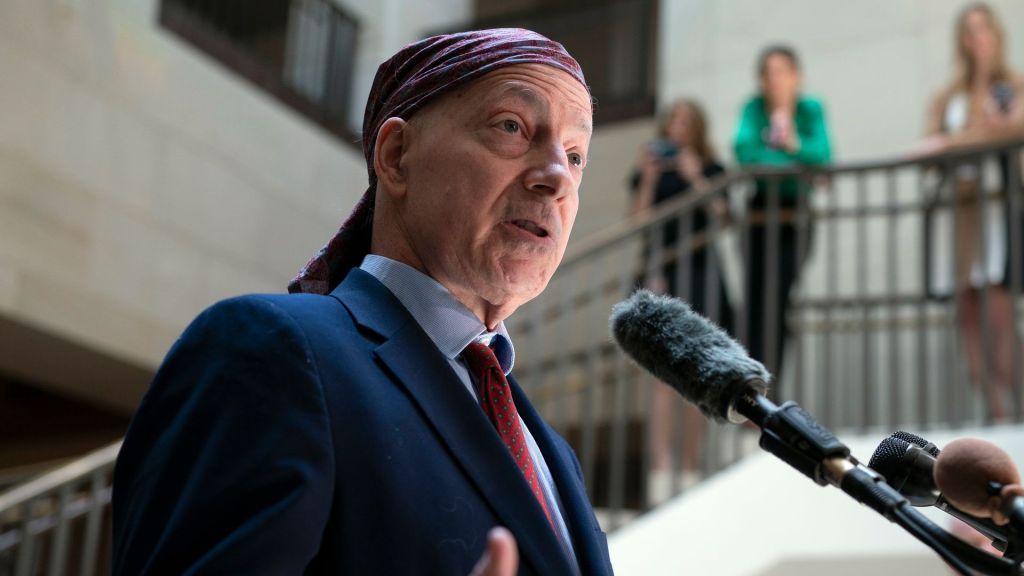
[RYAN ROBERTSON]
IF YOU GREW-UP IN THE COLD WAR ERA, THE THREAT OF NUCLEAR BOMBS AND RADIOACTIVE FALLOUT, WERE AN ACCEPTED PART OF LIFE. SOMETHING YOU KNEW WAS POSSIBLE, EVEN IF UNLIKELY TO EVER HAPPEN. WHILE MUCH OF THOSE THREATS ENDED WITH THE THAWING OF U-S AND RUSSIAN RELATIONS IN THE 90s, THE DANGER STILL EXISTS. ONLY NOW IT’S ALSO IN THE HANDS OF MUCH SMALLER PLAYERS. LESS PREDICTABLE ENEMIES. IT’S A CONCERN THAT HAS THE DEPARTMENT OF DEFENSE TURNING TO THE UNIVERSITY OF NEBRASKA TO FIND AN ANSWER FOR A PROBLEM THEY HOPE THEY NEVER HAVE TO DEAL WITH.
FOR MANY THE THOUGHT OF A DIRTY BOMB SOUNDS LIKE SOMETHING STRAIGHT OUT OF A TOM CLANCY NOVEL, WHICH IT IS. BUT IT’S ALSO SOMETHING THAT, IN THE HANDS OF THE WRONG PEOPLE, POSES A VERY REAL THREAT TO NOT ONLY AMERICANS, BUT PLACES OF AMERICAN INTEREST ALL ACROSS THE GLOBE. MIX IN THE POTENTIAL FOR A NUCLEAR ACCIDENT OR A NUCLEAR WEAPONS INCIDENT, AND YOU HAVE THE NEED FOR SOMETHING THAT CAN PROTECT THOSE WHO HEAD STRAIGHT INTO HARM’S WAY WHEN THE SITUATION REQUIRES IT.
[Maj. General (Ret.) Rick Evans of the National Strategic Research Institute]
“When you think about the threats that our military could face around the world in any scenario, and we have a very interesting world around us, whether it’s Ukraine, the Middle East, whatever it is. We have to be thinking about the threats that could be coming down the road in the future. Along with today’s threats, one of the things that is out there is a potential exposure to radiation.”
[RYAN ROBERTSON]
THAT’S WHERE THE WORK OF SOME VERY TALENTED PEOPLE AT THE UNIVERSITY OF NEBRASKA, AND THE UNIVERSITY OF NEBRASKA MEDICAL CENTER COMES IN. THEY ARE PART OF A COLLABORATIVE EFFORT WITH THE NATIONAL STRATEGIC RESEARCH INSTITUTE, OR N-S-R-I, TO CREATE A DRUG/PILL/TREATMENT THAT WOULD PREVENT, OR REDUCE THE EFFECTS OF ACUTE RADIATION SYNDROME.
THAT THREAT IS FAR MORE THAN HYPOTHETICAL. IN OCTOBER A HOUSTON POLICE OFFICER, CARRYING SOMETHING SIMILAR TO A GIEGER COUNTER, WAS ALERTED TO THE PRESENCE OF SOME IMPROPERLY DISPOSED CESIUM-137 IN A HOUSTON SCRAPYARD. IT’S THE KIND OF MISTAKE, IF FOUND BY THE WRONG PEOPLE, THAT COULD POSE A VERY BIG PROBLEM IN A LARGE METROPOLITAN AREA.
[Dr. Ken Bayles, Ken Bayles Vice Chancellor of Research, University of Nebraska Medical Center]
“If they are going to go in harm’s way, if they are going to go into a situation where there’s radioactivity, they can take this drug and be protected in part from radiation exposure.”
[Maj. General (Ret.) Rick Evans of the National Strategic Research Institute]
“So when the government looked at that problem, how do we protect service members that we might put into harm’s way, from exposure to a threat, in this case radiation, and allow them to accomplish the mission and then come home to their families. So this type of project is really focused on protecting our service members from a threat they could be exposed to on a really bad day.”
[RYAN ROBERTSON]
IN SEPTEMBER OF 2023 THE DEFENSE HEALTH AGENCY AWARDED A $24.5 MILLION CONTRACT TO N-S-R-I, THE D-O-D UNIVERSITY AFFILIATED RESEARCH CENTER OF U.S. STRATEGIC COMMAND AND THE UNIVERSITY OF NEBRASKA SYSTEM.
[Dr. Rebecca Oberley-Deegan, UNMC professor]
“I usually phrase it as we are using our research to try and protect ourselves from damage due to radiation. And so if that’s in the context of an accidental radiation exposure, or a military catastrophe, we’re trying to make it so that we have things in place so the people can be protected if they have to go into a situation where they’re gonna see exposure. Same thing for cancer, we know these patients are going to be exposed to radiation, we want to protect them before they go into that.”
[RYAN ROBERTSON]
CASES ARE RARE, BUT EFFECTS OF A-R-S AND IT’S PUNISHING AFTERMATH CAN BE FOUND IN THE BOMBINGS OF HIROSHIMA AND NAGASAKI, AS WELL AS THE CHERNOBYL NUCLEAR POWER PLANT DISASTER IN 1986. BUT THERE ARE MORE RECENT EXAMPLES OF POTENTIAL DANGERS. ACCORDING TO THE B-B-C, LAST OCTOBER RUSSIA’S DEFENSE MINISTER TOLD HIS COUNTERPARTS IN THE U-K, FRANCE AND THE U-S THAT HE BELIEVED UKRAINE COULD BE PREPPING A DIRTY BOMB FOR USE AGAINST RUSSIA. UKRAINE RESPONDED BY CALLING THE ALLEGATIONS “TRANSPARENTLY FALSE”, BUT IT’S THE KIND OF RHETORIC THAT MAKES PEOPLE STOP AND THINK, ‘WHAT IF?’.
THAT’S WHY, IN PART, THE RESEARCH TEAM IN NEBRASKA HAS TURNED TO DOCTOR TOMAS HELIKAR, AND HIS USE OF COMPUTATIONAL SYSTEMS BIOLOGY. ESSENTIALLY USING A DIGITAL PATIENT IN PLACE OF A REAL ONE.
[Dr. Tomas Helikar, Dept of Biochemistry at University of Nebraska]
“I wanted to be a scientist to make a difference, and this project enables me to do that, because in this case we’re going from computer models, hopefully all the way to use of the medication we develop by soldiers. So being able to contribute to a project that has this translational impact in my lifetime, I don’t have to wait 20 years for somebody to do something with it, we have this capability to do something with it… to really go from basic science all the way to translation and making an impact. So I think for me this is the first project that enables me to do that, but we will be able to scale that up and apply it to other diseases.“
[RYAN ROBERTSON]
WHILE THE DEFENSE HEALTH AGENCY IS LOOKING OUT PRIMARILY FOR THOSE SERVICE MEMBERS WHO WOULD BE IN HARM’S WAY, THE RESEARCH WILL YIELD BENEFITS FOR CIVILIANS AS WELL.
[Dr. Rebecca Oberley-Deegan, UNMC professor]
“Anything that we can do in our lab to help make somebody’s life better is a win for me. So that’s our goal as researchers. And so if we can protect our military servicemen that is wonderful. If we can help protect cancer patients, that’s wonderful. That’s really why I’m in this business, i want to help people and use our knowledge on science to make other people’s lives better in the future.”
[RYAN ROBERTSON]
FOR THOSE INVOLVED THE COLLABORATIVE NATURE OF THE WORK IS A MOTIVATING FACTOR AS THEY CONTINUE TO PUT THE PIECES IN PLACE THEY HOPE, WILL ONE DAY, PROTECT SERVICE MEMBERS AND PATIENTS ALIKE.
[Dr. David Berkowitz, Department of Chemistry]
“Together we can do much bigger stuff than alone… we have about half of our researchers in lincoln and half in omaha and we meet regularly. Samples get passed back and forth, students meet regularly, it’s powerful.”
[Dr. Ken Bayles, Ken Bayles Vice Chancellor of Research, University of Nebraska Medical Center]
“fundamentally I think, as midwesterners, we just collaborate well, we work well together. I think what we’re offering and what we’ve developed honestly could have been developed at a lot of other institutions… But what makes us unique is we’ve brought all of this talent together, to a common mission.”







